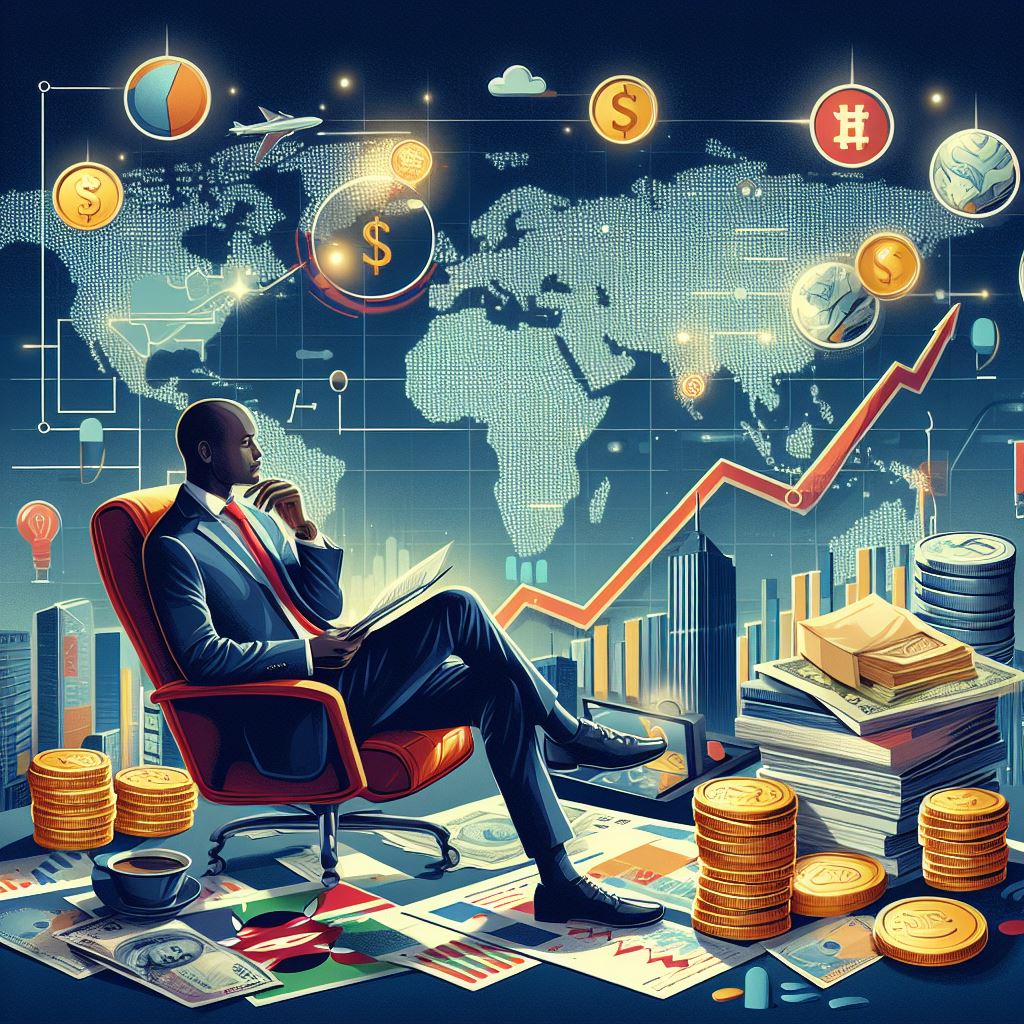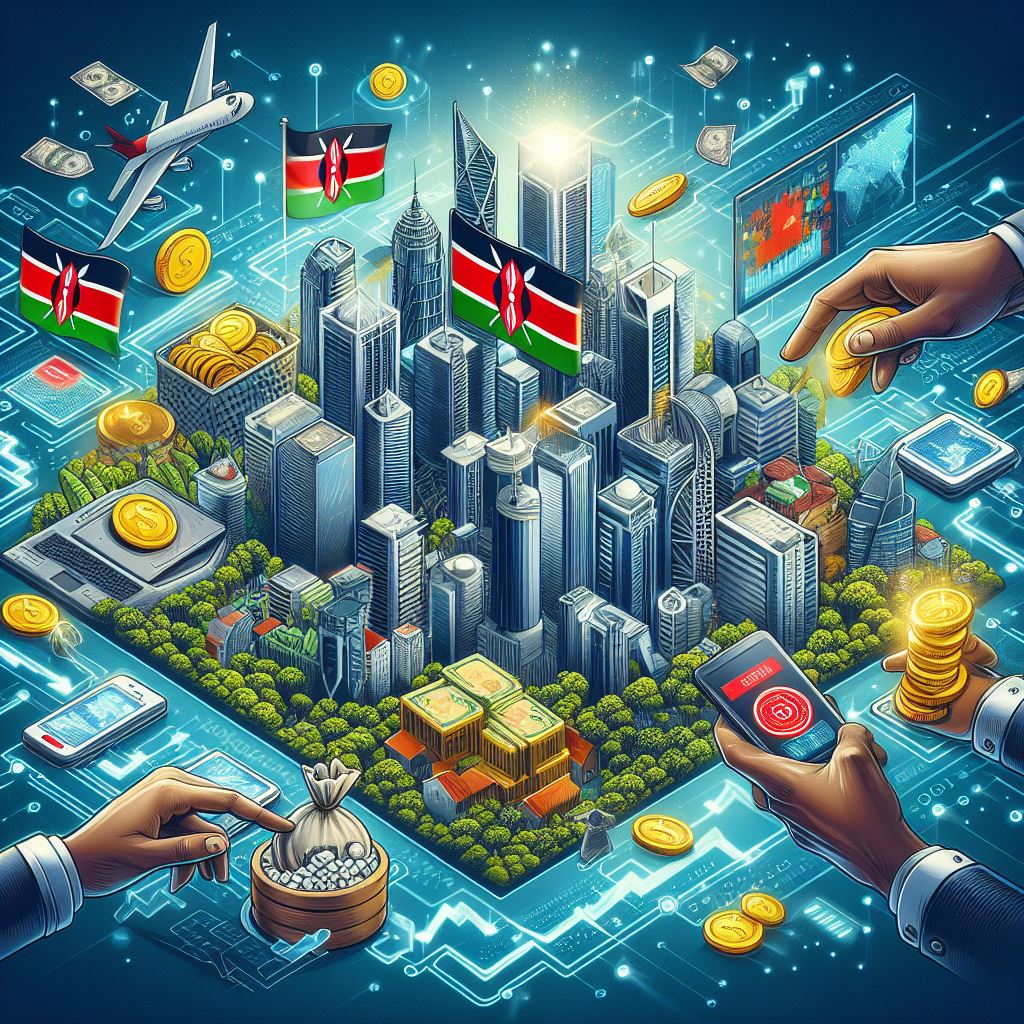International trade propels economic growth by increasing market opportunities and access to resources, promotes innovation, and creates higher-paying jobs, providing people with more choices as consumers. This makes economies more dynamic and resilient, while encouraging global cooperation for shared prosperity….
The Importance of Trade to Economic Growth
Introduction
Trade has, for a long period, been a tenet of economic development, right from the first trade routes, which connected civilizations through the exchange of goods, ideas, and cultural practices. Today, in a world of globalization, trade has become even more imperative as it allows nations to fire up their economies, drive innovation, and create jobs. Trade opens up new markets, provides resources that might be scarce, and gives consumers a wider range of choices. Not only that, but increased productivity through economies of scale brings greater efficiency. International trade also encourages cooperation and peace since countries will become increasingly interdependent.
The contribution that trade can make in economic growth may be elaborated upon under the following heads: enhancement role in productivity, employment, innovation, and consumer welfare. Understanding this alone helps one to appreciate that there are emerging economies that are becoming increasingly integrated and reinforce a global position of mutual prosperity.
1. Expanding Markets and Stimulating Demand
One of the primary benefits of trade is that it offers a market that exists outside your borders. This means companies can venture out into foreign markets and create large-scale demand for their products and services. As demand increases, so does the incentive to produce more, invest in better infrastructure, and hire more employees, therefore achieving economic growth.
For instance, an automobile producer located in one country may sell to several millions of potential buyers in other countries besides its home market. This higher market potential provides a solid foundation for economic development because it generates more revenues for firms that can reinvest in technologies, human resources, and other productivity and efficiency-enhancing investments. International market access is very crucial for the emerging economies to reach out to higher-income consumer segments to get businesses operating in the local regions to grow much more quickly and essentially strengthen the domestic economy.
2. Access to Essential Resources and Inputs
Trade allows countries to import those goods and services that are unavailable in their economies or are too pricey for most people, including raw materials, leading technology, and higher-technology machinery. With such imports, the production of goods and services in an economy becomes more complete, therefore making economies more flexible and resilient.
Japan is a good example of an almost raw material-free country; hence, it imports crude oil, metals, and minerals to feed its industries. In return, it produces high-value goods such as electrical gadgets and motor vehicles, which it exports to other parts of the globe. Access to inputs at competitive costs aids in production optimization, cost reduction, and an increase in profitability, thus helping Japan remain an industrial giant. In developing countries, access to technology and expertise through trade serves as a game-changer, propelling developments in local industries and hence helping draw people out of poverty.
3. Economies of Scale and Competitive Advantage
Trade permits firms to reach larger markets and, therefore, expands their volumes of production at lower average costs because of the economies of scale that result. By spreading fixed costs-including cost-intensive investments in production facilities and equipment-across a larger output, the average cost of each item decreases. Lowering production costs means that firms are able to have relatively competitive pricing for their products, thus improving their market share and profitability.
Another merit of trade is that it allows each country to focus its resources on industries in which it has a comparative advantage, enabling it to utilize and allocate its resources more effectively. For example, Brazil has a comparative advantage in agriculture, as the climate and available resources favor it; this makes the nation produce and export products like coffee, soybeans, and sugar at an attractive price. In such a manner, specializing in areas of strength allows countries to have high productivity, exports, and reinforcement for their economic growth.
4. Fostering Innovation and Information Sharing:
Trade opens up enterprises to global competition; hence, it creates a need for innovation on how to compete. The pressures could induce technology improvements and revisions in methods of production and quality of products, thus benefiting the economy as a whole. Exposure to varied markets brings new insights to companies, enabling them to adapt the best companies' business practices from other countries and enhance their processes further.
These agreements very often contain the protection of intellectual property, ensuring that companies can keep their ideas safe and thus encouraging investment in research and development for new products, services, and technologies. The strong export sector of technology and software by the United States has driven global innovation in information technology, pharmaceuticals, and clean energy and provides a good example of how trade rewards long-term economic growth through innovation.
5.Employee's employment opportunities.
Trade provides people both in the industry and out of the industry due to the improved demand for goods and services. Companies start expanding their activities to meet both their export and import demands, therefore offering jobs in manufacturing, agriculture, services, as well as in the technology sector. Other industries that tremendously benefited indirectly by trade in general include logistics, warehousing, and shipping, giving people a source of employment and further fortifying the economy.
Exports also are the drivers of economies such as Germany and South Korea. Sectors in these countries, including automobiles, electronics, and machinery, employ millions of people. This translation of trade into increased labor demand often means economic stability and growth. On the other side, however, trade can cost jobs if an industry cannot compete with less expensive imported goods. Indeed, the citizens of most countries will work to mitigate such outcomes through policies that provide retraining programs for workers affected by increased imports, thus smoothing the transition for workers to find new employment and augmenting trade's contribution to economic welfare.
6. Increased Consumer Choice, and Lower Prices
Trade increases the choices of goods and services for a consumer at a competitive price. Often imported goods provide an alternative to domestically manufactured ones, giving consumers better choice and making companies compete with each other. This very competition makes the local firms improve the quality of their product but lower prices, hence providing value to the consumers.
For example, the trade of electronic and household goods enables consumers to choose from a broad range of international brands at better prices, which means that with increased purchasing power, the quality of life for consumers improves and demand is stimulated across industries. It also promotes inclusiveness within the economy, as trade provides access to goods that poor country consumers would otherwise not afford, improving their quality of life.
7. Enhancing Economic Stability and Resilience
International trade spreads out the markets, reducing dependence on any single domestic industry or trading partner. This makes their economies resilient in case of local economic downturns; hence, countries can have alternative sources of revenue when things get bad. In addition, it allows countries to establish various trade relationships that can provide them with some buffer from economic shocks due to political instability, natural disasters, or even fluctuating commodity prices.
For instance, Saudi Arabia and Russia, depending on the exportation of oil, are making great strides in diversifying their economies as a way of becoming less vulnerable against changes in the price of oil. They grow more resilient economies by encouraging trade in industries other than oil, such as tourism, technology, and finance. This is what is called economic diversification and has remained the key driver necessary for diversified economies that seek long-term stability in a turbulent world market.
8. Encourages International Cooperation for Peace
In addition to the economic advantages, trade offers a country diplomatic relations and further promotes peaceful coexistence among nations. When countries begin to trade, dependencies are created that foster cooperation in the resolution of disputes, leading to stability in their relationships. Interdependence in world economies through trade creates the necessity for nations to cooperate toward common prosperity.Organizations like the World Trade Organization are, of course, fundamental to establishing rules, resolving disputes in international trade, and guaranteeing that trade is conducted on a free and fair basis. These frameworks enable nations to work in pursuit of common goals such as poverty reduction and sustainable development through peaceful and equitable trade relations. Co-operative global stability means long-term economic growth.
Conclusion
Trade is one of the most essential sectors in the development of an economy, providing unparalleled benefits in offering opportunities for various markets, sectors, and even across borders. It would be easier to access resources; innovations keep blooming because more opportunities for the market are created, and job creation is thereby enabled, adding to a strong, resilient economy. It empowers consumers with choice, spurs improvements among businesses, and lays a cornerstone of stability through diversified economic relations. In fact, the benefits of trade go hand in glove with challenges that are to be overcome: possible job losses, environmental impacts, and dependencies of markets. Evidently, the task of finding the right policy mix has become very demanding, as policymakers need to seek to maximize the positive effects of trade while minimizing negative impacts, so it can be a positive driver for inclusive and sustainable growth.


























